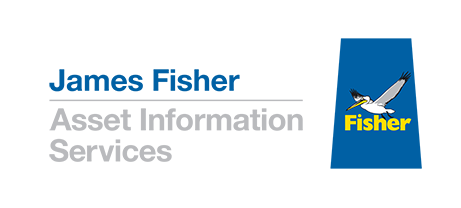What is Design Thinking, and why do it?
In 2017, the Design Value Index (DVI – a portfolio of stocks focused on companies that actively engage in Design Thinking (DT) techniques - stated that: “Design thinking and co-creation isn’t a fad, but rather a new way for all problem solvers to put the user at the centre of a problem to develop solutions from the outside in rather than the inside out” (Yong 2017).
Putting their money where their mouth was in that same year, the DVI also reported that its portfolio of 16 companies showed a 211% return over the S&P 500. This performance marked the third consecutive year that the index revealed a performance in excess of 200% over the S&P, having also outperformed the S&P 500 by 228% in 2013. James Fisher Asset Information Services (AIS) feels such evidence is compelling, and placed on the back of our own experiences with DT, we took the conscious decision to develop our own version. Since its inception, our methodology has been remarkably successful for both AIS and our clients in seeking best-fit business solutions through an exploration of how we design and engineer within the context of what we offer them. Through this confluence of approaches, we hope to produce synergies from disruptive collaboration between business elements.

What we’ve learned
At the group level in James Fisher and Sons, DT has become a fundamental tool for creating overall competitive advantage and enhancing collaboration between and within subsidiary business units (BUs). In the past, BUs were siloed, and as in many large, but disparate, organisations didn’t work closely with each other. This lack of coordination sometimes meant that opportunities for synergy were lost due to lack of awareness of capabilities and capacities contained in other BUs across the group. The collaborative nature of the process has naturally removed these barriers.
AIS’s first introduction to DT as a concept began with a project partnership with IBM, where DT was used as the primary springboard for launching the conceptual ideas and value propositions that would eventually underpin a project in high voltage asset management for offshore renewables (ibmbigdatahub.com/blog/picture-worth-thousand-volts). On the back of this project, AIS decided to take on board the lessons learned from that process, modify and customise DT techniques to its needs, and employ these innovative methodologies to collaboratively focus on stakeholders and markets common to all of their BUs – primarily those operating in high-risk sectors.
Over time, AIS has learned the importance of focusing on users and user stories over the technical and engineering concerns that tended to dominate some early workshops. Figuring out over time who the right participants would be has focused the workshops on value to the customer, as opposed to unintended deep dives into excessive detail and minutiae. Focusing on the user also steered technically-minded participants to remember that, though they might have developed the platform under examination, they were ultimately not the end-user of that platform, and that, from an end-user perspective, not every corner may need to be completely squared at the start. Squaring corners is an iterative and incremental process in an agile framework.

Value gains through structured exploration
The structure provided by DT provides for a much more rigorous and disciplined approach to exploration of ideas. That helped ground discussions, moving focus away from blue-sky ideas that may never see fruition by encapsulating and prioritising them within feasibility and value proposition frameworks that did not hinder them, but rather enhanced their overall value.
This approach was further enhanced by the calculated inclusion of cross-functional groups deliberately chosen from marketing, research, leadership, and often a ‘wildcard’ individual, in order to promote the expression of different perspectives (Appleyard, et al. 2020). In creating a rounded group, our DT workshop facilitators were able to reduce psychological biases such as groupthink, cognitive dissonance, and in-group affiliations (Liedtka 2015). Mitigating these biases allowed groups to begin focusing on customer value as conveyed, not by supposition in a vacuum about what customers should want, but by a justifiable, feasible hierarchy of customer needs, explicitly stated by those customers themselves.

Read the full Design Thinking whitepaper to learn more about how James Fisher Asset Information Services (JF AIS) puts users at the centre of a problem to develop innovative solutions from the outside in.




 Read James Fisher and Sons plc's latest Annual Report
Read James Fisher and Sons plc's latest Annual Report